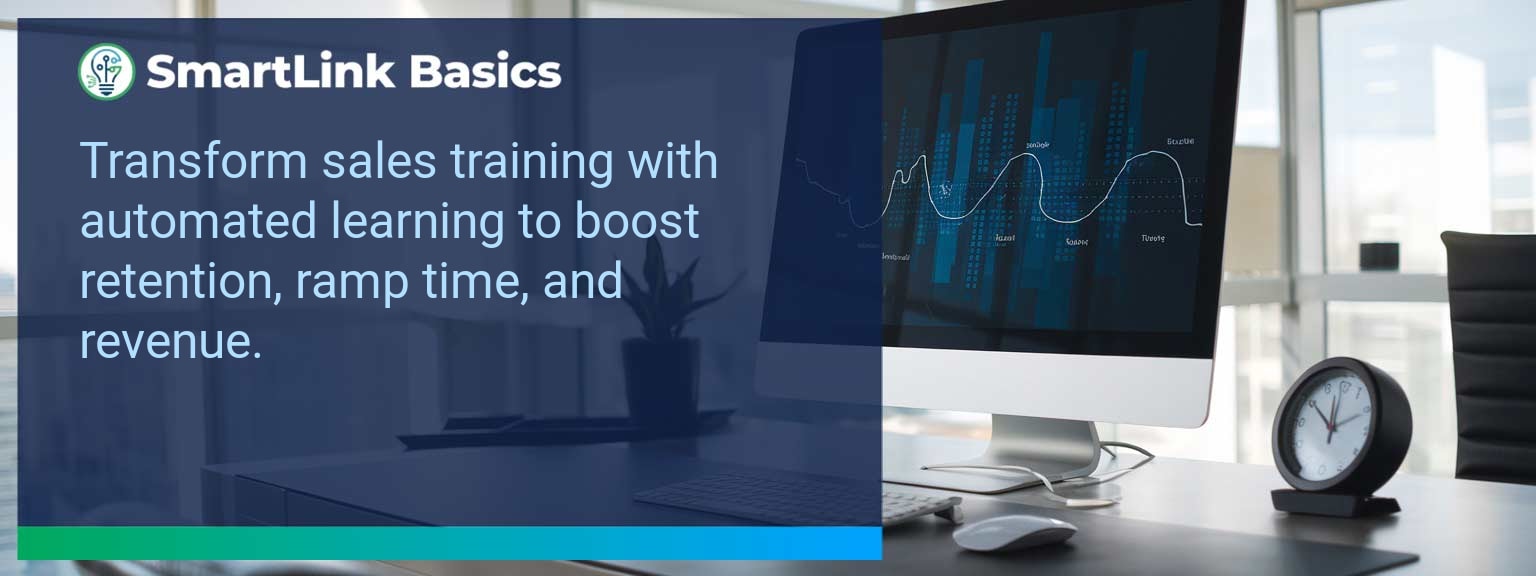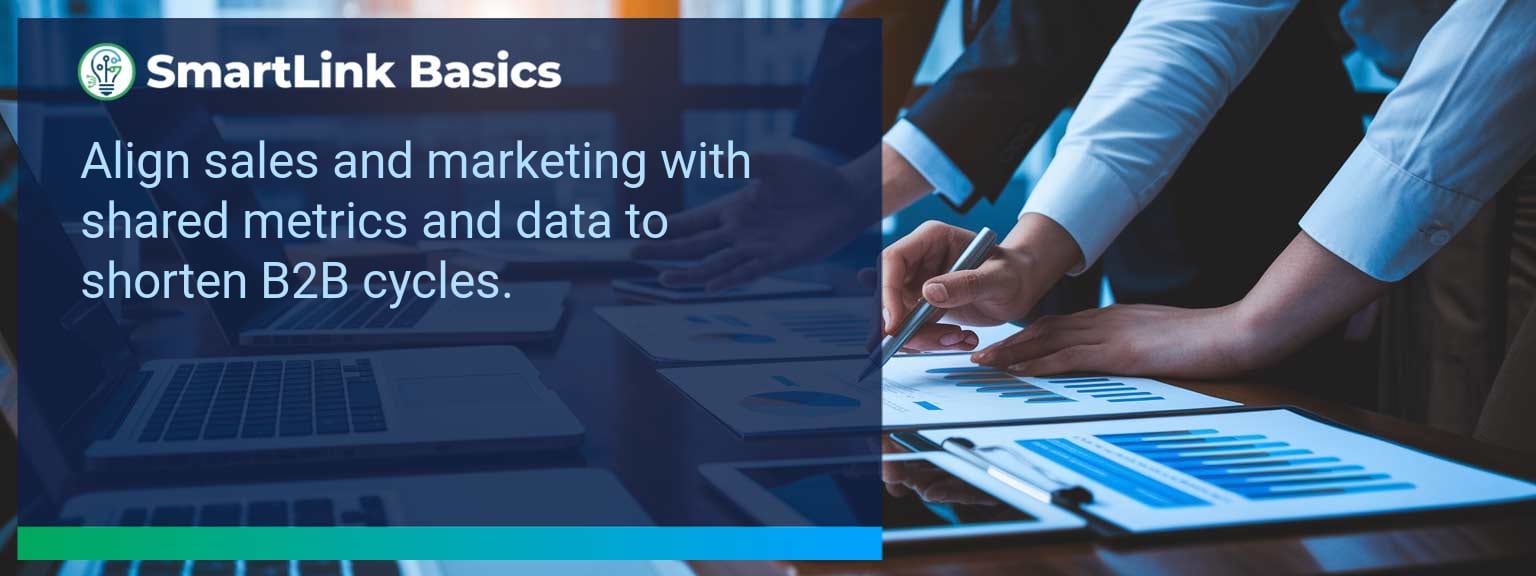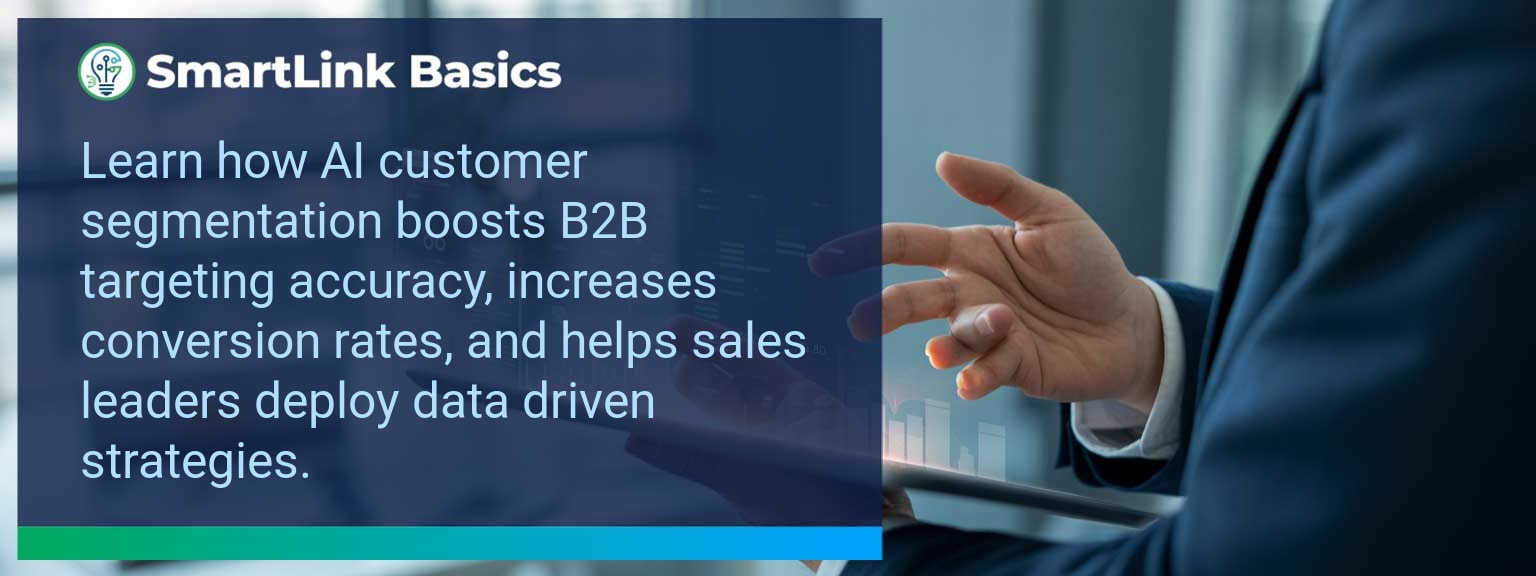Industry data shows that organizations adopting AI-driven automation achieve cost reductions of up to 30% while accelerating sales cycles by 20% or more (McKinsey, 2024). For sales leaders, AI automated workflows now define competitive advantage, enabling teams to reallocate time from repetitive tasks to high-value engagements. At SmartLink Basics, we help decision-makers implement these systems strategically, ensuring they integrate with existing revenue operations. In this article, you’ll see how AI automated workflows power business outcomes, the common obstacles that slow adoption, and practical steps to optimize processes. You’ll walk away with proven examples, a 90-day action blueprint, and measurable KPIs to track results.
- Automate repetitive administrative and CRM updates with AI.
- Integrate machine learning to personalize outreach at scale.
- Streamline approvals, quotes, and contract workflows for speed.
- Use predictive analytics to prioritize sales opportunities.
- Track adoption and performance with targeted metrics.
AI Automated Workflows: What Changed and Why It Matters
AI adoption has shifted from experimental to operational, making automated workflows a standard in high-performing sales organizations. The real advantage lies in combining workflow automation with artificial intelligence workflows to optimize every step of the revenue process. Sales leaders now use AI to synchronize touchpoints, reduce manual inputs, and ensure faster execution. For example, a B2B SaaS leader introduced automated lead enrichment and routing, cutting qualification time by 60%. Actionable insight: Audit processes for time-intensive handoffs and apply AI where repeatability is high.Redesign the Revenue Operating System With AI Automated Workflows
ICP, Segmentation, and Targeting AI-enabled segmentation uses historical wins, firmographic, and behavioral data to dynamically update ICP profiles. This ensures targeting precision without quarterly re-work. Pipeline Architecture Automated workflows push opportunities through the right stages based on engagement signals. AI flags at-risk deals for intervention. Plays and Messaging Integrated automation tools deliver personalized sequences based on buyer activity, increasing relevance at every touchpoint. Operating Cadence AI schedules follow-ups, forecast calls, and account reviews based on actual pipeline movement rather than static calendars. Actionable insight: Implement automation that adapts in real-time to both internal and buyer-driven events.Common Obstacles To Achieving Seamless Automation
The most frequent challenges are fragmented systems, inconsistent data quality, and cultural resistance. Without a unified data layer, automation amplifies errors rather than solving them. Coca-Cola Europacific Partners reported needing a full data governance upgrade before AI could improve sales workflows. Leaders must first assess infrastructure readiness and train teams to trust AI-influenced recommendations. Actionable insight: Before deployment, establish clean data practices and a single source of truth.Implementing AI To Optimize Workflows
Effective deployment of AI process optimization starts with mapping current-state processes, identifying friction points, and matching them with automation tools. For example, automating proposal generation based on CRM opportunity data can reduce turnaround from three days to one hour. Solutions combining business process automation platforms with machine learning integration enable continuous performance improvement. Actionable insight: Pilot in one high-impact stage, measure, and then expand.Tangible Benefits From Automated Processes
The benefits extend beyond time savings — sales leaders gain a scalable system. Tangible outcomes include faster quote-to-close, higher lead conversion, and better forecast accuracy. A manufacturing firm implemented AI-assisted order processing and cut errors by 40%, improving on-time delivery rates. Actionable insight: Track both speed and accuracy to measure workflow automation effectiveness.Metrics That Matter
| Category | Metric | Definition | Target |
|---|---|---|---|
| Leading | Workflow Completion Rate | % of automated sequences executed without manual intervention | 95%+ |
| Leading | AI Suggestion Adoption Rate | % of AI-generated action recommendations executed by reps | 80%+ |
| Lagging | Cycle Time Reduction | Decrease in time from lead entry to closed-won | 20%+ |
| Lagging | Revenue Per Rep | Average sales revenue generated per sales rep per quarter | +15% YoY |
| Quality | Automation Error Rate | % of workflows that trigger incorrect outcomes | <1% |
| Quality | Customer Satisfaction Post-Automation | Average CSAT score after automation implementation | ≥ 4.5/5 |
Innovations And Next Steps For AI Automation
Emerging capabilities like AI-generated playbooks, intent-driven dynamic routing, and integrated AR for virtual product demos are shaping the next wave of sales automation. Companies integrating these tools early will outpace competitors in speed and personalization. Actionable insight: Stay ahead by testing emerging automation features quarterly and aligning them with evolving buyer expectations.Get the 90-day plan, coaching rubric, and dashboard template to operationalize AI in your enablement program.
Turning AI Automation Into a Revenue Multiplier
AI automated workflows are now a strategic lever for predictable, scalable growth. This guide outlined current applications, adoption challenges, a 90-day execution plan, and measurable success criteria. To make automation pay off, sales leaders should integrate tools into one cohesive operating system and review results monthly for continuous improvement. Access more AI-driven sales enablement resources from SmartLink Basics to design a high-performance automation strategy. High-performing sales teams rarely emerge by chance; they thrive under intentional leadership structures and consistent engagement practices. SmartLink Basics has observed that the most successful organizations integrate meaningful coaching, clear metrics, and structured motivation into their daily operations. The pressure to maintain sales motivation and improve sales performance improvement is greater than ever as competition intensifies. This guide draws from proven sales leadership strategies that deliver sustained team engagement, growth, and revenue stability. By the end, you’ll leave with an actionable framework to increase performance and lead with confidence.- Define clear, measurable sales goals
- Implement regular, structured sales coaching
- Design incentive programs aligned with performance metrics
- Optimize communication and feedback loops
- Track engagement with both leading and lagging indicators
What Changed and Why Sales Leadership Strategies Matter Now
Sales environments are shifting toward higher buyer expectations, longer sales cycles, and tighter margins. Strong leadership skills are no longer optional; they directly dictate whether sales team management efforts succeed. Leaders must navigate hybrid teams, complex CRM data, and evolving client needs while sustaining motivation. Recent data shows that engaged sales teams outperform disengaged ones by over 20% in revenue, making engagement a critical competitive advantage.Common Barriers To Team Engagement
Low engagement often stems from disconnected leadership approaches, poorly defined targets, or inconsistent coaching rhythms. For example, salespeople may hit activity quotas but still feel removed from the mission if leadership fails to connect daily effort to larger objectives. Overly complex processes, underutilized performance metrics, and a lack of recognition erode team engagement. Addressing these challenges begins with clarity — ensuring every team member understands their role in achieving sales growth.Implementing Actionable Leadership Strategies
Successful sales leaders establish predictable operating cadences, transparent performance tracking, and tailored motivation tactics. Integrating sales coaching into weekly workflows creates accountability and development opportunities. Example: A B2B SaaS firm structured its sales pipeline stages around buyer intent signals and paired each stage with targeted coaching, resulting in a 15% performance improvement in one quarter. To replicate this, align coaching and enablement directly with each step of the sales process while keeping communication lines open.Redesign the Revenue Operating System With Sales Leadership Strategies
To ensure consistent performance, examine the structure of how your sales team engages with prospects, processes opportunities, and measures progress. ICP, Segmentation, and Targeting: Define your Ideal Customer Profile (ICP) and ensure segmentation aligns with team strengths. Targeting efforts should prioritize accounts that match your highest-value personas. Pipeline Architecture: Map the buyer journey and synchronize it with your funnel stages. This minimizes wasted effort and increases forecast accuracy. Plays and Messaging: Equip sales reps with clear, repeatable plays for each funnel stage. Messaging consistency reduces erosion of brand credibility. Operating Cadence: Set recurring leadership touchpoints for pipeline reviews, deal strategy sessions, and skill-building. Predictable rhythm reinforces accountability.Positive Impact On Sales Performance
When well-executed, these strategies translate directly into measurable sales growth. Teams with structured engagement rhythms tend to have higher activity-to-win ratios, reduced turnover, and faster onboarding for new hires. Example: A manufacturing distributor reduced ramp time for new sales reps by 25% after introducing a structured coaching and feedback model. The key lies in connecting individual performance metrics to larger team success consistently and visibly.| Category | Metric | Definition | Target |
|---|---|---|---|
| Leading | Qualified Meetings | Number of prospect meetings with decision-makers | +15% QoQ |
| Lagging | Closed-Won Revenue | Total revenue from closed-won deals | +20% YoY |
| Quality | Customer Retention Rate | Percentage of customers retained over a defined period | >90% |
Get the 90-day plan, coaching rubric, and dashboard template to operationalize AI in your enablement program.









